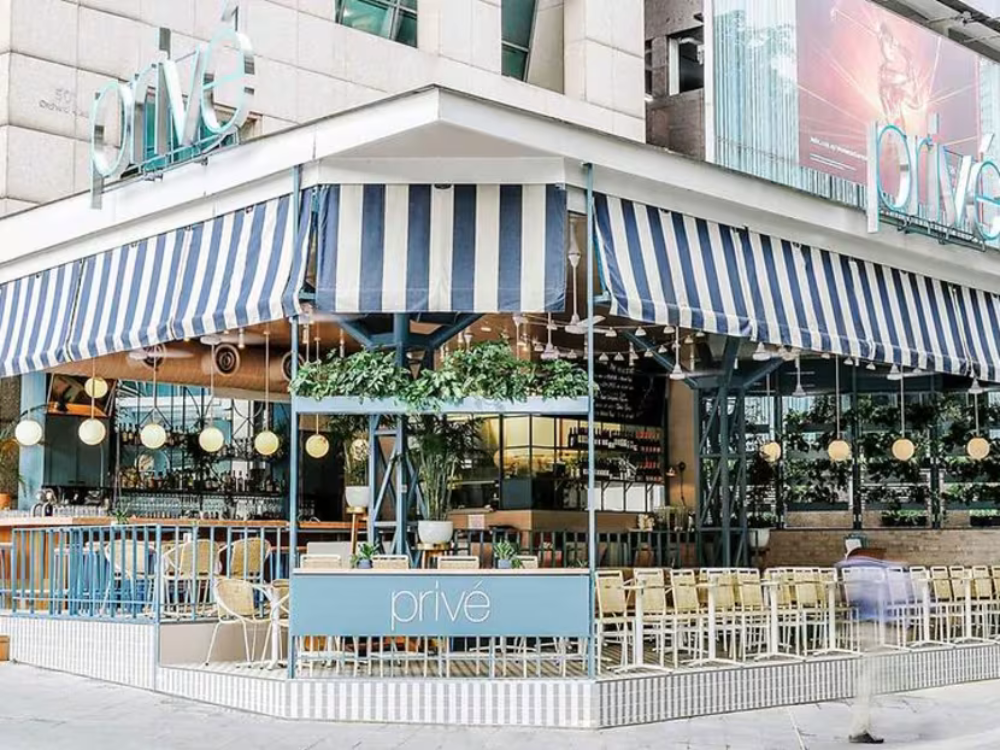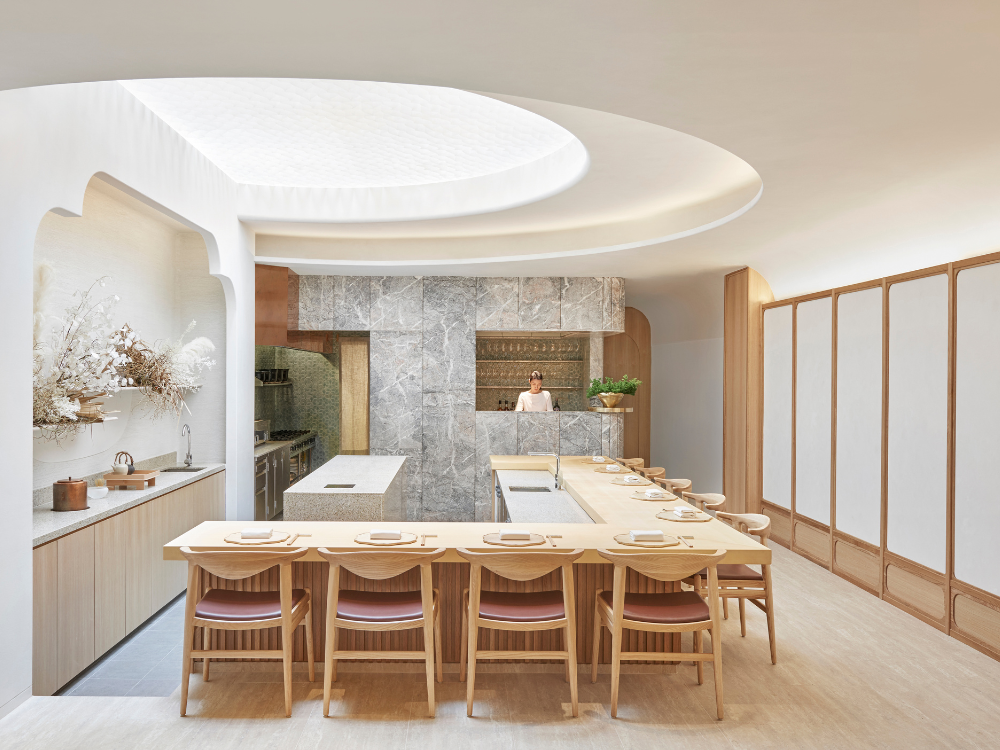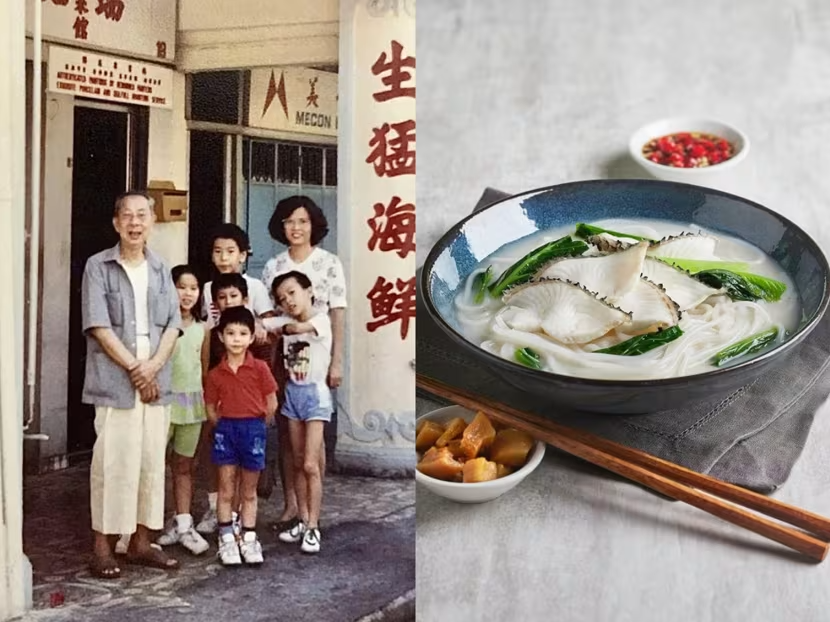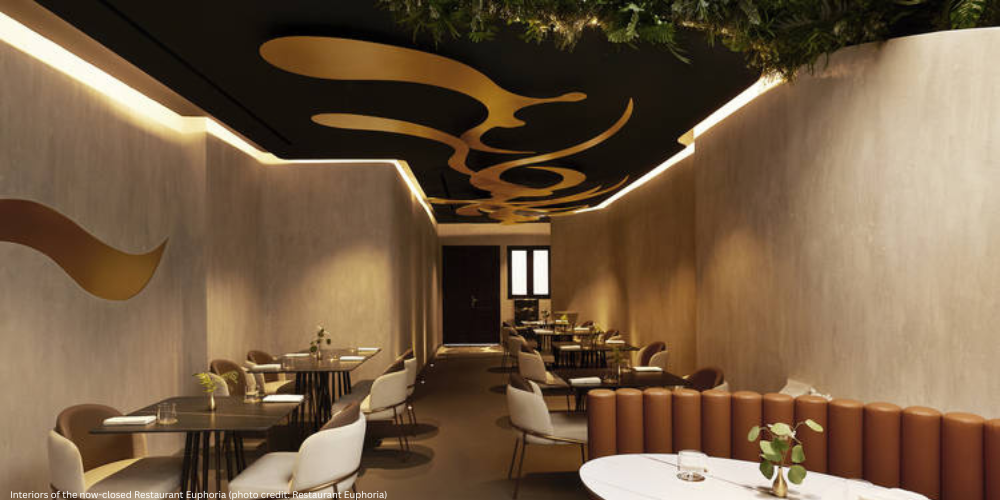If you have a food question swirling in your head, who do you ask? Bing!
Question
Why are so many restaurants closing in such a short time? What’s become more difficult about the industry at this moment? What are the roadblocks? Is it rent?
Bing Answers
This is the question that has been so frequently discussed that we’ve even seen documentaries on it. I’ve also been asked about this many times in the past two years and have had time to contemplate.
I think it’s both simple and complex. Simple because many of the causative factors seem quite clear; complex because they’re so tightly intertwined that it’s hard to clearly articulate everything – but let me try.
NEW REALITY
I’ve heard many people say that this is part of an economic cycle and it might be true but what doesn’t seem to have been considered is that this is a new cycle – and that’s because we’re in a new reality.
Much of this is due to larger economic factors which was caused by the earth-shaking Covid-19. Before this, there were already signs of a major shake-up in Singapore’s F&B industry, but Covid-19 accelerated these changes.
Now the F&B industry we see is vastly different, compared with what it was even just 5 years ago – demographic and behavioural evolution, costs and fees, licenses, new competition, technological advances.
 Proof & Company Spirits, distributional arm of independent spirits company Proof & Company, now in provisional liquidation (photo credit Proof & Company via straitstimes.com)
Proof & Company Spirits, distributional arm of independent spirits company Proof & Company, now in provisional liquidation (photo credit Proof & Company via straitstimes.com)
HELP & STIGMA
And while we must thank our government’s steady leadership during the pandemic, I think it also created an expectation that our government will always bail us out in times of difficulty. So, many people were waiting for the government to step in once more with the F&B’s industry downward spiral. To be clear, there was some regulatory assistance but there seemed to have been expectation for much more which obviously didn’t happen.
If someone wasn’t prepared or was insufficiently prepared for their own worst-case scenarios, there would be a long hard struggle. Most people try to keep going but give up the struggle if they can’t find any way out; understandably so, when they’re an independent shop and they have no other income but need to support a whole raft of people including their staff, their family and themselves.
After one person announces their closure, the barrier to entry gets lowered, so to speak; and more people start doing the same. When enough people have done the same thing, any stigma about closing down diminishes or even disappears entirely.
RENT STRANGLEHOLD
And if we’re speaking about “struggle” for the F&B industry, our eyes must turn towards rent. Rent is one of the biggest costs of running the business; too often, it’s what determines how long the F&B concept can hold on financially.
I can’t help but agree with something that Bjorn Shen once said: you have to “pick your landlord”. It’s not just about seeing if they have a reputation for being fair and/or honest, but to also be very careful when reviewing rental terms.
When asked, we’ve always advised that tenants-to-be should never agree to something they can’t envision paying when it comes time for renewal; and that they should always remember to negotiate for a cap to any and all increases.
Of course, many tenants get a bit careless and agree with the landlords’ terms without careful review. This means when it’s time for renewal, landlords have the freedom to announce wild increases while quoting “market price”.
I’m not saying all landlords do this, but so many do that it’s almost the norm, and it’s because unfortunately, many times, greed drives the prices. I mean, look at the pricing in restaurants: people may choke but no longer blink an eye at $30 cocktails and $60 pizzas. This applies to the rent, too; to the point where many local, independent operators can’t afford the rent anymore.
 Exteriors of the now-closed Restaurant Euphoria (photo credit: Bing Leow-Blokbergen)
Exteriors of the now-closed Restaurant Euphoria (photo credit: Bing Leow-Blokbergen)
FOREIGN INVESTORS
There’s another factor that we also must mention: the increasing number of foreign investors – particularly from Mainland China – entering Singapore especially for the F&B market.
I think this is where many landlords got very greedy and let the rental fees go absolutely bonkers, so to speak. So many of these investors have rich capital flow and seldom negotiate lower rates; being either unaware of what the fair prices are or just very willing to pay higher rates if they can get what they want. To use a Singlish term, they’ve “spoil market”.
And as we know, many of these concepts will probably be quite popular at the start – purely because of the market’s curiosity, if nothing else. After six months or so, if the concept itself isn’t strong, doesn’t fill a blank in the market or doesn’t have a passionate owner, things may not be going so well.
Even without checking official statistics, we can see that many new concepts opened and closed in the last few years. Even in just the last six months, there have been over 10 that we can think of immediately. Several are foreign brands taking the opportunity to enter the market.
We’ve asked ourselves as have others – can such a small market like ours really sustain that many openings? So, in a way, it’s not surprising that there are a large number of closings especially when you consider the macro-environment.
UNIQUE EXPERIENCES – AT HOME VS ABROAD
This brings up the question: are we really unique? Maybe we were, but not right now, probably because so many of the experiences here are similar, if not identical, to what they can get abroad, thanks to the all the investors moving into the market here. The experience in their home country might be even better – and at a fraction of the prices that you would be paying here.
So that’s the other bit of reality we have to face squarely. It’s that more people are travelling abroad at a higher frequency. For the amount that they would have to spend here, they would rather go abroad and have the “original” experience or a similar alternative.
 The now-closed Prive Wheelock (photo credit Prive Group via straitstimes.com)
The now-closed Prive Wheelock (photo credit Prive Group via straitstimes.com)
SHOW ME THE MONEY
In my mind, this also really says something about the prices here when travelling and eating in a whole different country seems much more worthwhile than dining in Singapore.
In a way, we’re quite fortunate because it’s so easy for us to travel – our passport is strong, and our neighbour is literally 2 hours or less away by car or plane.
But this also means it’s so much easier for consumers to decide to spend their money in a place where they can “stretch” their money, where they feel they’re getting their money’s worth in food, service, ambience.
CALL OF DUTY
And part of the reason that people feel this way is, to my mind, because of how hospitality and service in Singapore is very business-centric, very much about efficiency and regulations.
What waitstaff abroad may see as a casual gesture of warmth and welcome to a guest is considered “the extra mile” in Singapore. There’s no real connection between guest and employee, and because of this, it’s an uphill task to build community or brand loyalty even if there are operators who want to.
Of course, the reasons behind this are also complex and touches on history, culture, societal attitudes – but some of it is quite simply that the structural costs behind such a business model is very limiting.
 Interiors of the now-closed Esora (photo credit: Esora)
Interiors of the now-closed Esora (photo credit: Esora)
CHECKLIST
I think we also cannot forget that we Singaporeans are “checklisters”. What I mean by this is that we may have some restaurants and cafes we enjoy going to, but we often want to go the new places, the cool places, the trending places so that we can check them off our “list” – imaginary or not.
Then once that’s done, even if we enjoyed the experience, we don’t go back or don’t go back frequently because there’s so many other places on our “list”.
We’re not loyal customers, full stop. Which brings us back to the idea that it’s very difficult to build a community and brand loyalty; another reason for this is that there are so many distractions.
DIVERSITY
Naturally this means that the venues and shops that make the industry vibrant, distinctive, exciting are also the ones suffering; usually they are the independent operators braving the market with passion and ideals, bringing a new and unique Singaporean voice to the market.
Yet, without the support of a loyal customer base or capital investment, these voices – whether heritage shops or new up-and-coming brands – may not be able to struggle through the skyrocketing costs of running a business today.
 Old photos from heritage restaurant Ka-Soh (photo credit Cedric Tang via CNA Lifestyle)
Old photos from heritage restaurant Ka-Soh (photo credit Cedric Tang via CNA Lifestyle)
And they face still more challenge as the world changes and technologies improve: the more artisanal may not be aware of how to retrofit these into their current operations without losing their soul, and the more adventurous entrepreneurs may not have the budget.
Commercial operators also face increasing competition from home-based businesses. This is another topic on which I might explore more deeply another day – but for the purposes of this article, I want to point out home-based food businesses do not yet face the same restrictions, rules and regulations, and licensing issues, and also do not have the same costs and charges, but which are reaching out to the same customer base and charging the same or even higher prices than commercial operators.
SUPPORT SMALL, SUPPORT LOCAL
You know, recently the news reported that Hai Di Lao had to close some outlets and, to me, that’s a real indicator of industry instability and transformation. After all, Hai Di Lao’s position in the Singapore market is there for all to see.
So perhaps it’s best I end this with a call to everyone: check your list but don’t forget to support your local neighbourhood restaurant, the independent shops, the stubborn chefs holding onto their ideals and passions. Eat at their space, talk about them to everyone, and – more relevantly – post about them, review them, introduce them. Every little bit helps.



